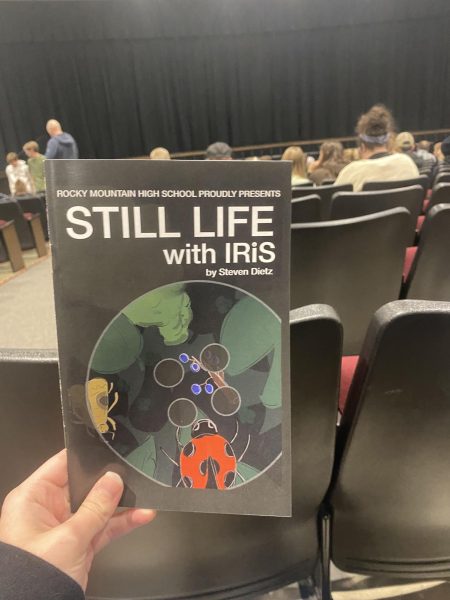The Historical Significance of the Black Hole Picture
This past week, the first ever photograph of a black hole was taken. The image is possibly one of the most significant scientific achievements of the decade, and four astronomy experts from around Colorado shared what this discovery means to them.
“We’ve known about the existence of black holes for decades, but the image just released by the Event Horizon Telescope collaboration is the first photograph ever taken of one,” said Ms. Emily Hardegree-Ullman, Assistant Professor at CSU and director of the Madison Macdonald Observatory. “Actually, the photograph shows the accretion disk surrounding the supermassive black hole at the center of Messier 87, since the black hole itself is invisible.”
The photograph was the collaboration of over 200 researchers spread across different telescopes working for a decade to capture the picture, which is of the accretion disk (the collection of matter around the pull of the black hole). The project was named after the event horizon, which is when the gravitational pull of an object becomes inescapable. The black hole is about 6.5 billion times the mass of Earth’s sun, making it incredibly dense.
“What I told my students is that for centuries, black holes were theoretical,” said Professor Andrew Caldwell, who works at the Fort Collins campus of Front Range Community College. “For the past few decades we have only been able to detect them by how they affect objects around them. Now we have an actual image of one. And what’s even more astonishing is the way we got that image by blending the signals from radio telescopes all over the world. It’s really an amazing achievement and is a sign of things to come.”
“Imaging a black hole has been a long-held dream of the astrophysics community,” said Greg Halac, outreach coordinator at the Northern Colorado Astronomical Society. “These objects create the most extreme regions of our universe, far beyond even the comprehension all but a very small group of people. In the vicinity of a black hole, both relativity and quantum mechanics are pushed to their limits to represent the bizarre properties of space and time.”
“This is such a remarkable achievement because black holes are very difficult to see,” said Hardegree-Ullman. “They are incredibly small and are best viewed in radio waves which are notorious for producing blurry images.”
“This recent picture of the supermassive black hole at the center of M87 was a truly remarkable discovery,” said UNC Assistant Professor of Astronomy and Physics Charles Kuehn. “While the evidence for the existence of black holes had been overwhelming even before this, there is still something about actually seeing an object for yourself as the ultimate confirmation that it exists. We will be able to use this observation, and observations of other black holes that will be obtained using the methods developed for this project, to understand a lot of details about black holes, including how matter falls onto them and how their spin distorts the event horizon of the black hole.”
“This discovery also serves as a testament of to the value of diversity and collaboration in science as hundreds of astronomers, from dozens of countries, with a variety of backgrounds and experience levels contributed to this massive undertaking,” said Kuehn.
Your donation will support the student journalists of Rocky Mountain High School - CO. Your contribution will allow us to purchase equipment and cover our annual website hosting costs.

Payton is a senior at Rocky Mountain High School. They've been on the newspaper staff for 3 years. After high school, Payton wants to work as an investigative...





